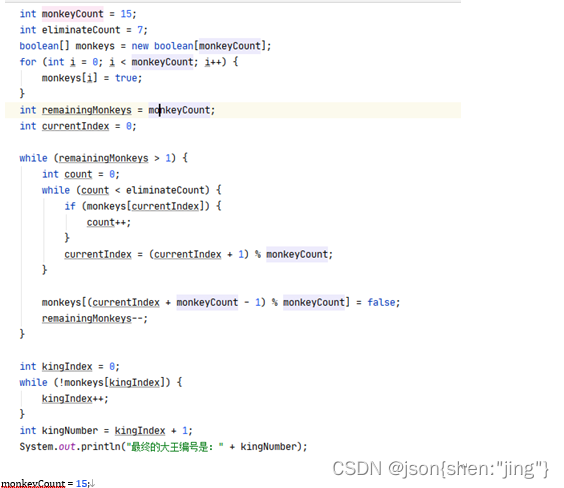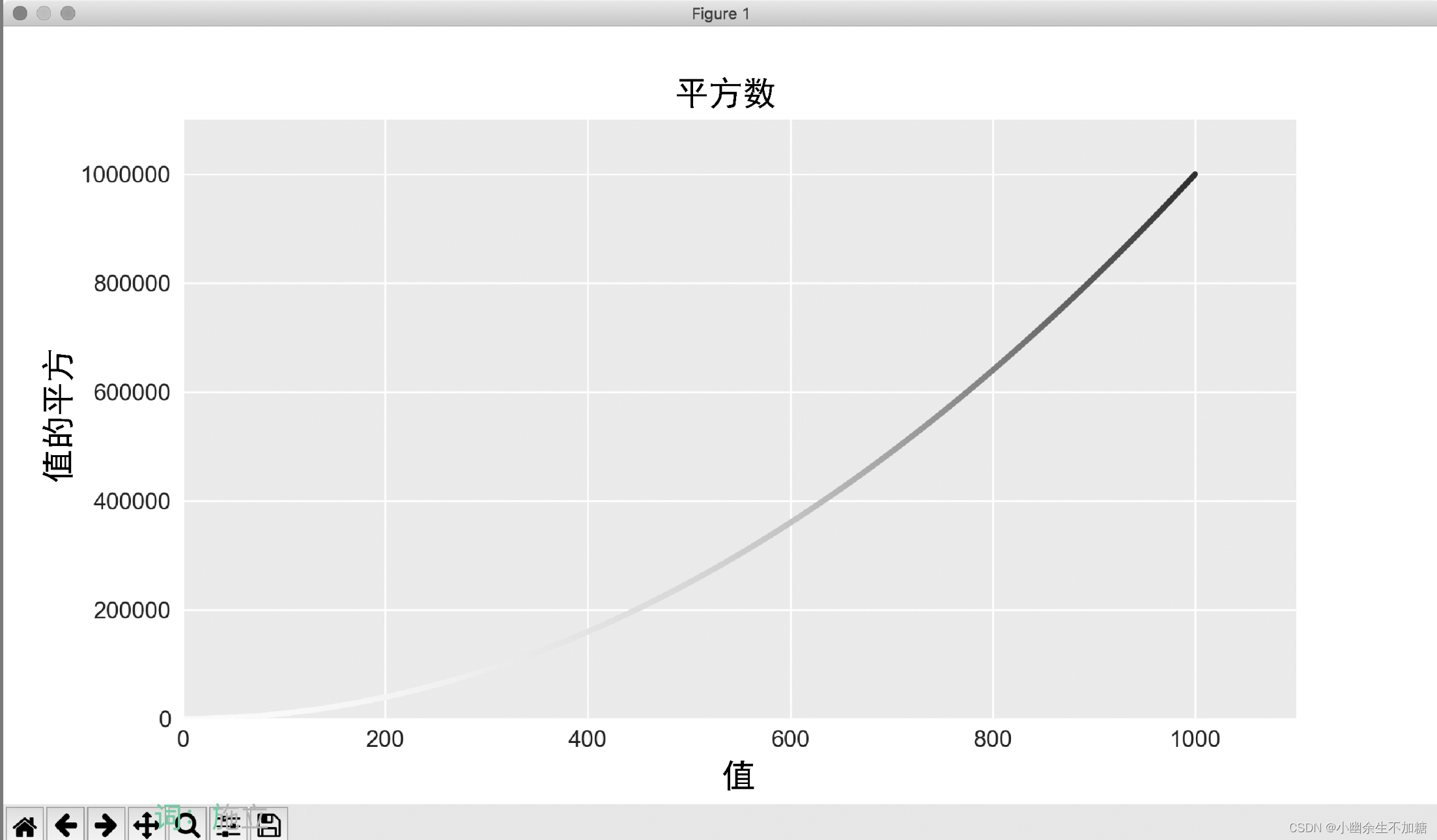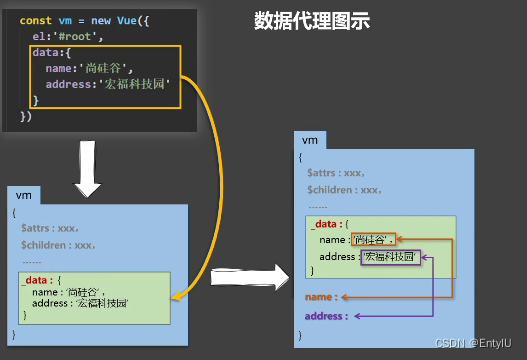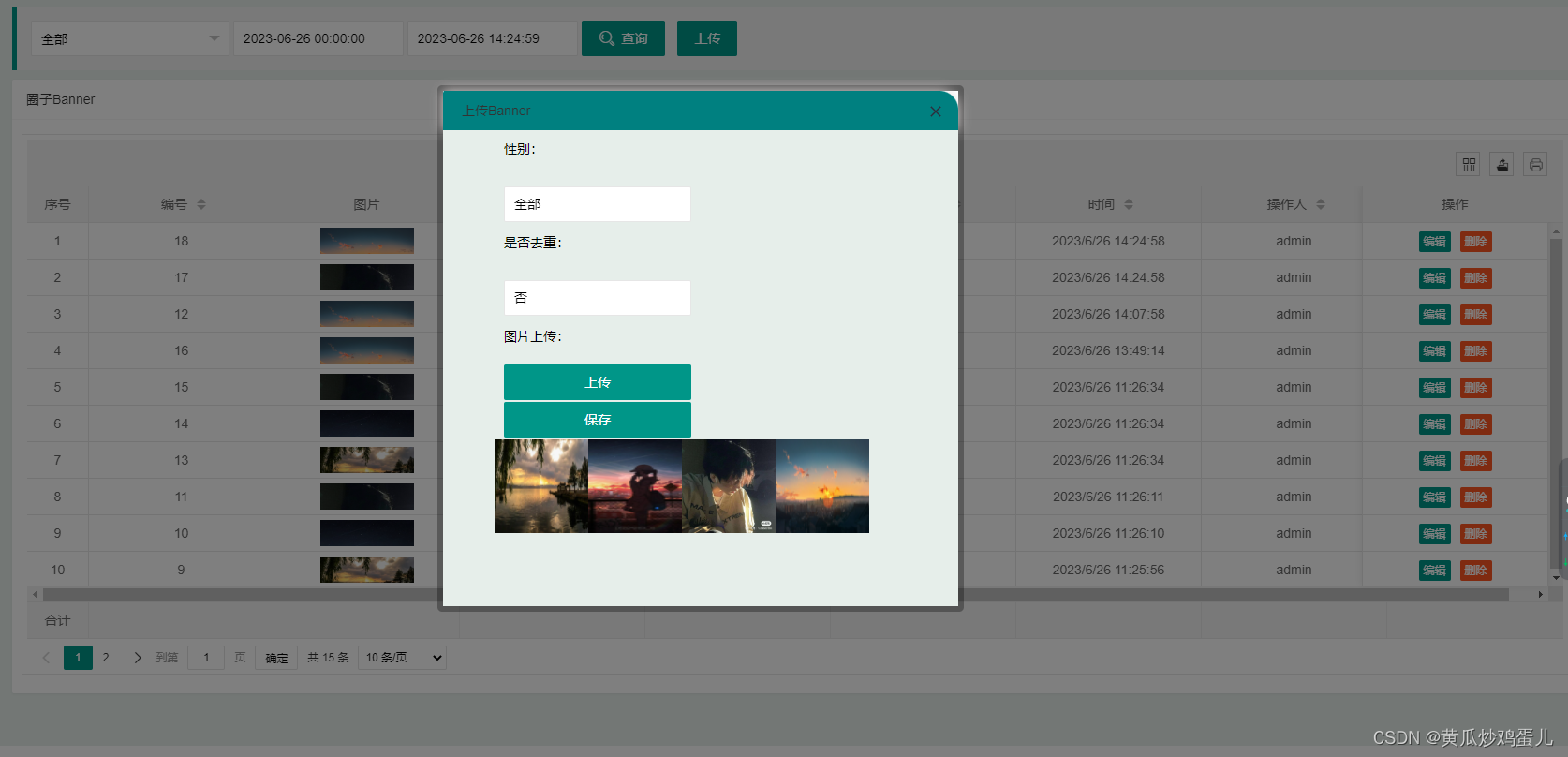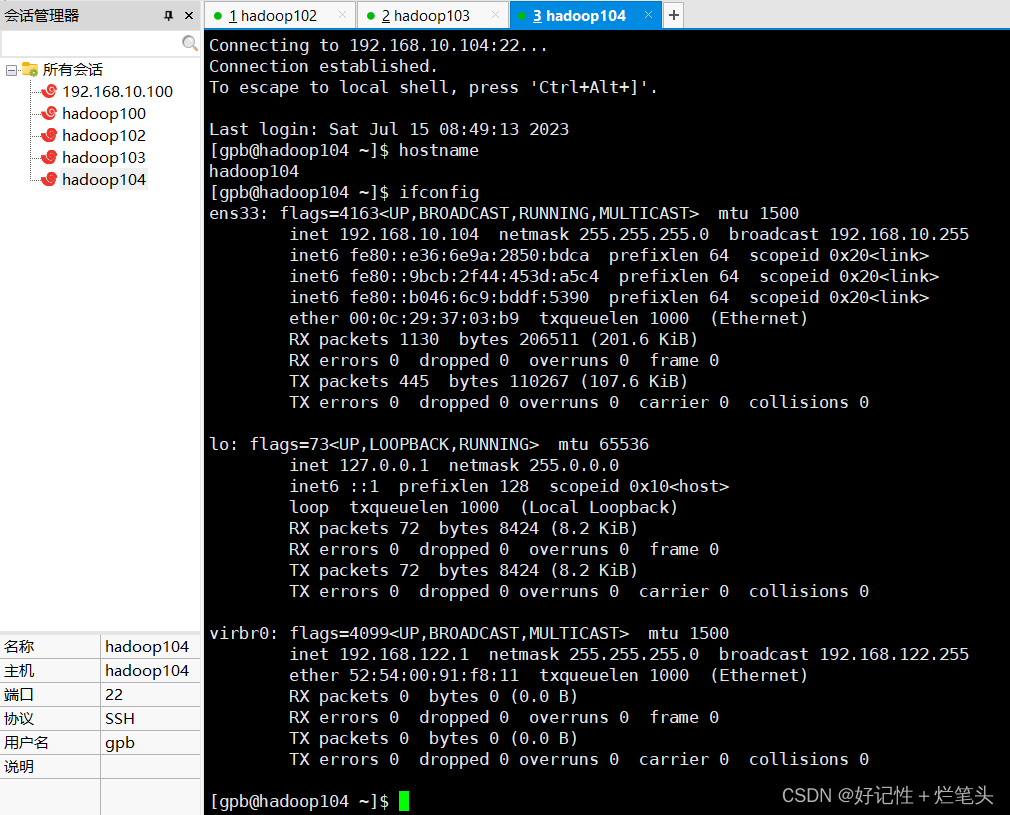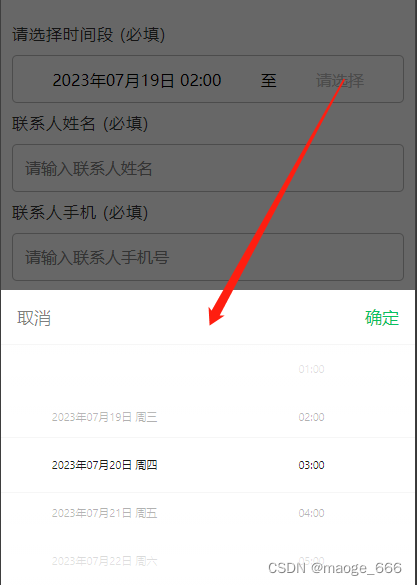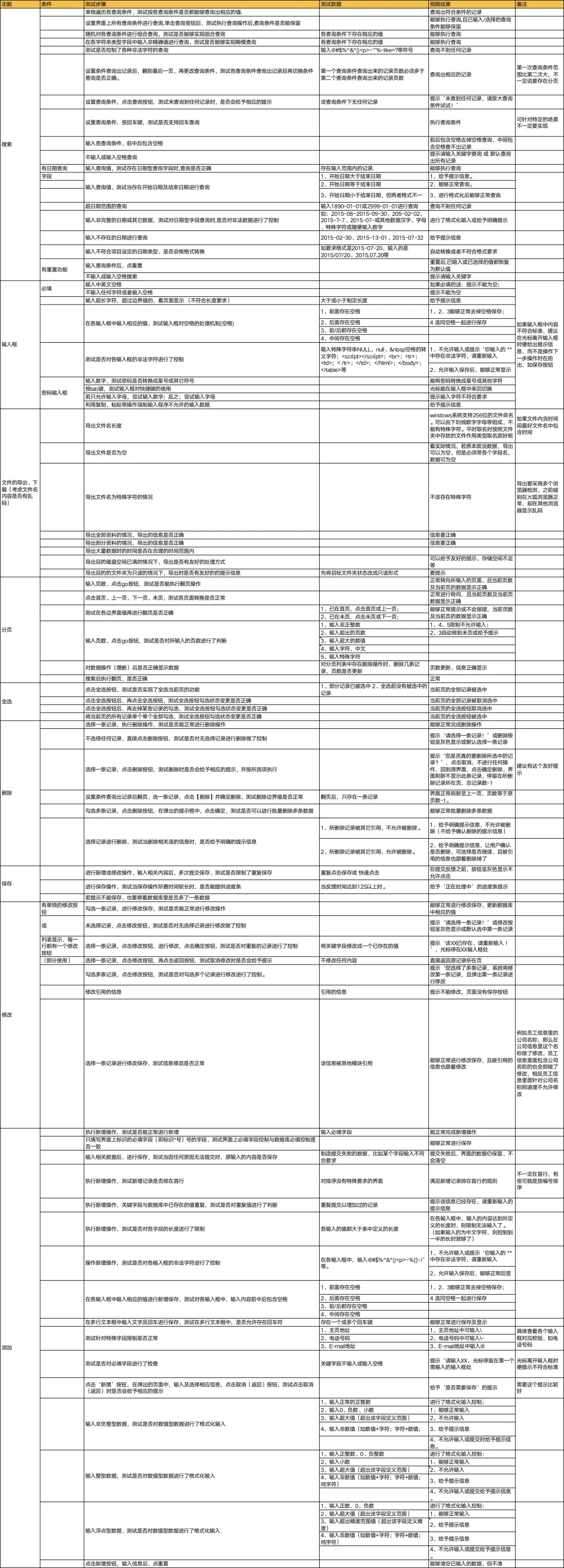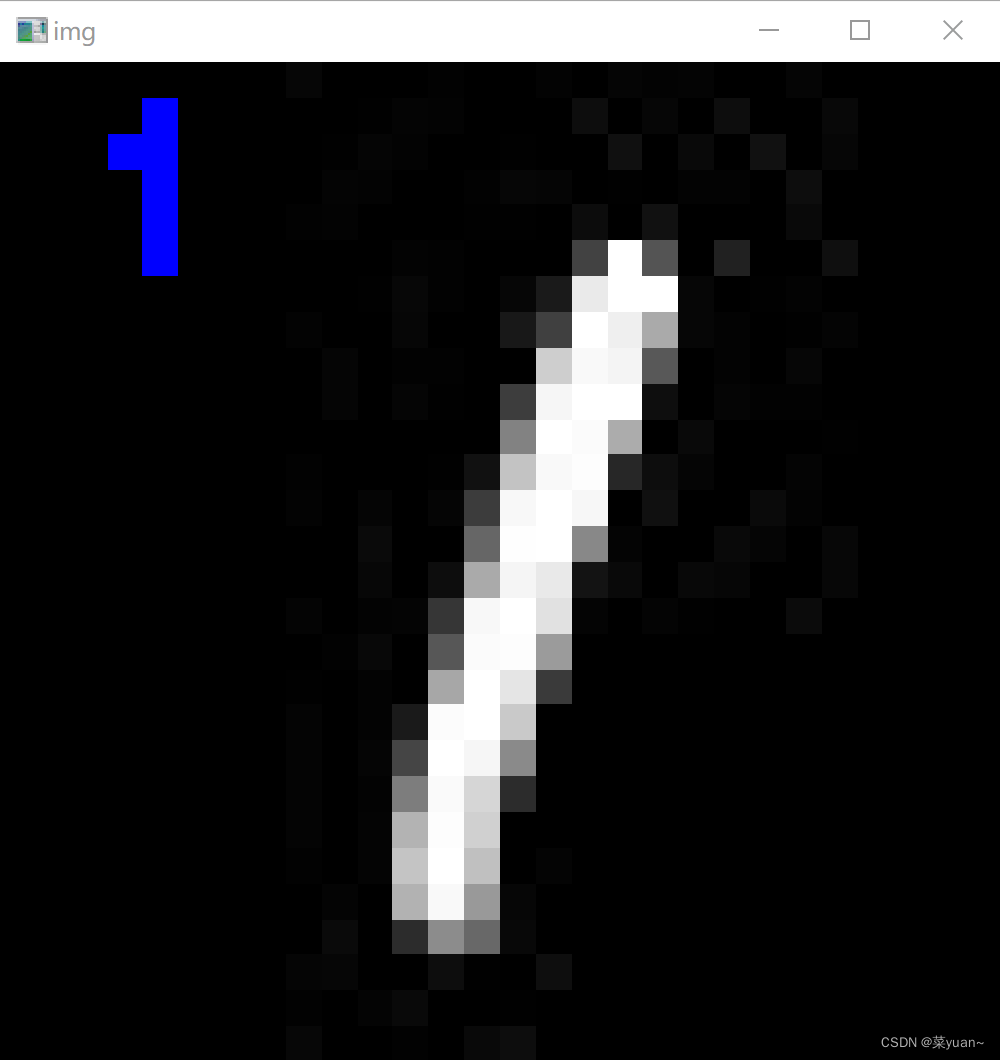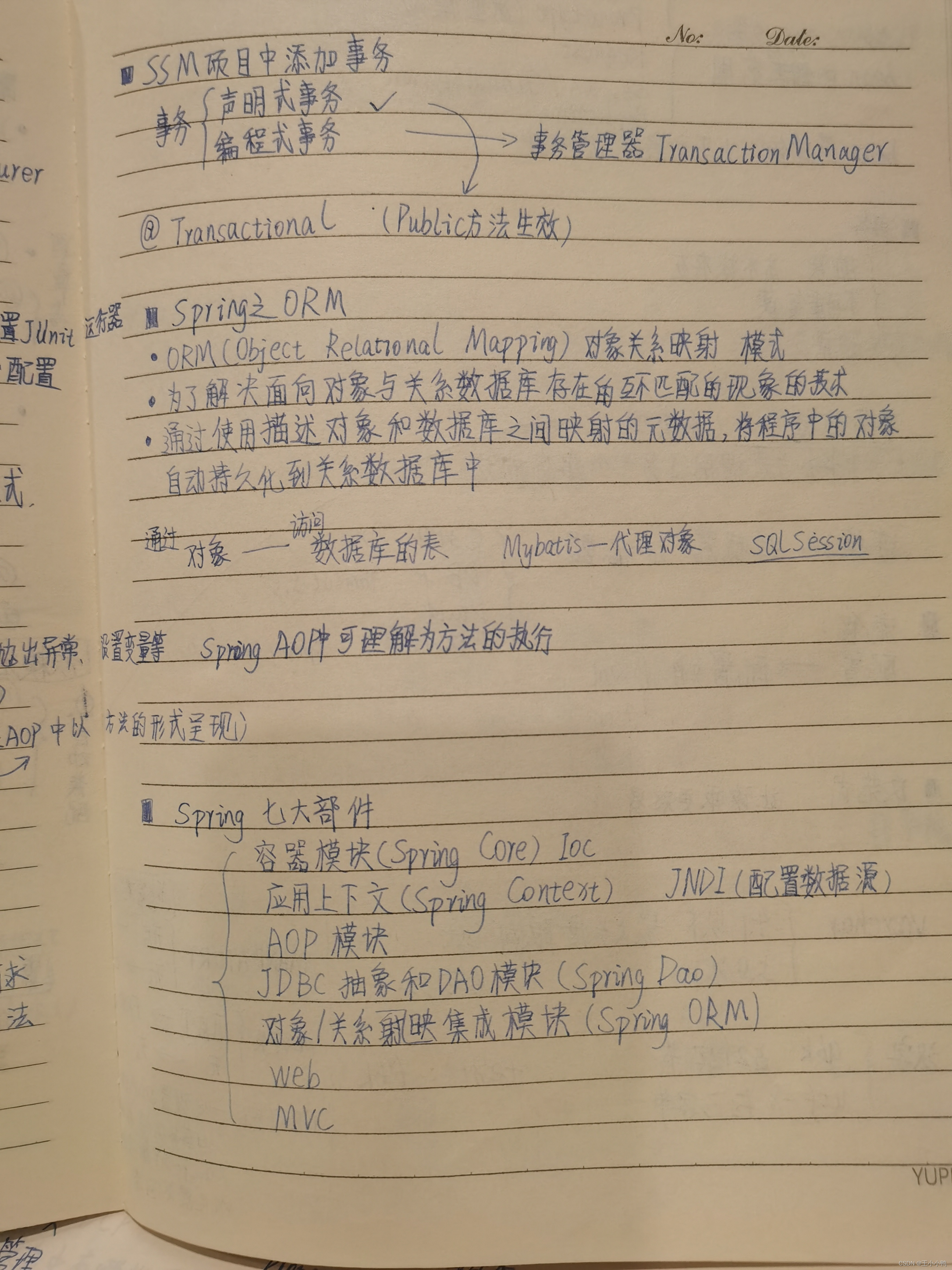目录
前言
源码版本:0.9
结构图:
mobileby.py
appium 的 webdriver.py
selenium 的 webdriver.py
seleniumdriver
appiumdriver
前言
Appium-Python-Client是一个用于Python语言的Appium客户端库,它提供了丰富的API和功能,用于编写和执行移动应用程序的自动化测试。在本文中,我们将深入剖析Appium-Python-Client的源码,重点关注driver的元素查找方法。
Appium 的实用方法都藏在 Client 的源码里,我尝试在这里剖析一下 Client 的源码,第一篇,我们直接从大家最关注的元素查找说起。
注意!对于 driver 和 webelement 实例,均有对应的元素查找方法(webelement 查找的是下面的子元素),本文讨论的元素查找针对的是 driver 实例。
源码版本:0.9
结构图:
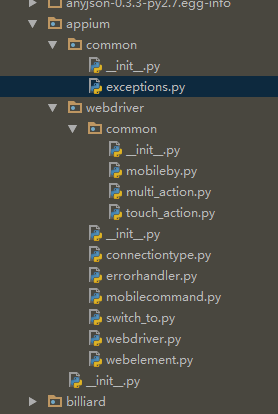
mobileby.py
OK,现在假如我们需要自定义一些 find 方法,比如 find_element_by_xxxx,我们该怎么做?我们看到,appium 提供了一些扩展的 find 方法,它有它自己的一套方式,例如 ACCESSIBILITY_ID 等,要想自定义实现这些方法,appium 首先做的就是:自定义一个 MobileBy 类,这个类从 By 类中继承,然后添加一些需要的属性,这些属性的 value 就是一些文本,不用担心他们不起作用,假如你熟悉 webdriver 的原理,应该会更好地理解。
#!/usr/bin/env python
from selenium.webdriver.common.by import By
class MobileBy(By): #这里显然是一个继承
"""三个扩展属性,清清楚楚地罗列在这里"""
IOS_UIAUTOMATION = '-ios uiautomation'
ANDROID_UIAUTOMATOR = '-android uiautomator'
ACCESSIBILITY_ID = 'accessibility id'
既然他继承自 By 类,我们直接戳到 By 类看一下,因为 By 类中还有一个 classmethod 下面会用到:
class By(object):
"""
Set of supported locator strategies.
"""
ID = "id"
XPATH = "xpath"
LINK_TEXT = "link text"
PARTIAL_LINK_TEXT = "partial link text"
NAME = "name"
TAG_NAME = "tag name"
CLASS_NAME = "class name"
CSS_SELECTOR = "css selector"
@classmethod #好吧,我是一个类方法,下文中会用到我
def is_valid(cls, by): #cls是把类对象本身传进来
for attr in dir(cls):
if by == getattr(cls, attr): #判断是不是可用的查找方式
return True
return False
这个 MobileBy 类在哪边起作用?我们去跟踪一下,来到这里:
appium 的 webdriver.py
def find_element_by_ios_uiautomation(self, uia_string):
"""Finds an element by uiautomation in iOS.
:Args:
- uia_string - The element name in the iOS UIAutomation library
:Usage:
driver.find_element_by_ios_uiautomation('.elements()[1].cells()[2]')
"""
#这里直接访问Appium自己定义的几个类属性
return self.find_element(by=By.IOS_UIAUTOMATION, value=uia_string)
def find_elements_by_ios_uiautomation(self, uia_string):
"""Finds elements by uiautomation in iOS.
:Args:
- uia_string - The element name in the iOS UIAutomation library
:Usage:
driver.find_elements_by_ios_uiautomation('.elements()[1].cells()[2]')
"""
return self.find_elements(by=By.IOS_UIAUTOMATION, value=uia_string)
def find_element_by_android_uiautomator(self, uia_string):
"""Finds element by uiautomator in Android.
:Args:
- uia_string - The element name in the Android UIAutomator library
:Usage:
driver.find_element_by_android_uiautomator('.elements()[1].cells()[2]')
"""
return self.find_element(by=By.ANDROID_UIAUTOMATOR, value=uia_string)
def find_elements_by_android_uiautomator(self, uia_string):
"""Finds elements by uiautomator in Android.
:Args:
- uia_string - The element name in the Android UIAutomator library
:Usage:
driver.find_elements_by_android_uiautomator('.elements()[1].cells()[2]')
"""
return self.find_elements(by=By.ANDROID_UIAUTOMATOR, value=uia_string)
def find_element_by_accessibility_id(self, id):
"""Finds an element by accessibility id.
:Args:
- id - a string corresponding to a recursive element search using the
Id/Name that the native Accessibility options utilize
:Usage:
driver.find_element_by_accessibility_id()
"""
return self.find_element(by=By.ACCESSIBILITY_ID, value=id)
def find_elements_by_accessibility_id(self, id):
"""Finds elements by accessibility id.
:Args:
- id - a string corresponding to a recursive element search using the
Id/Name that the native Accessibility options utilize
:Usage:
driver.find_elements_by_accessibility_id()
"""
return self.find_elements(by=By.ACCESSIBILITY_ID, value=id)
所以,我们现在知道了,appium 的这些扩展方法都是通过继承 webdriver.Remote 类来直接扩展的,appium 扩展了 webdriver.Remote 来满足他的需求,我们尝试去追踪一下 find_element 和 find_elements 这两个核心方法!
selenium 的 webdriver.py
OK,我们终于来到实现的主体(核心)部分:find_element,find_elements:
def find_element(self, by=By.ID, value=None):
"""
'Private' method used by the find_element_by_* methods.
:Usage:
Use the corresponding find_element_by_* instead of this.
:rtype: WebElement
"""
if not By.is_valid(by) or not isinstance(value, str):
raise InvalidSelectorException("Invalid locator values passed in")
return self.execute(Command.FIND_ELEMENT,
{'using': by, 'value': value})['value']
def find_elements(self, by=By.ID, value=None):
"""
'Private' method used by the find_elements_by_* methods.
:Usage:
Use the corresponding find_elements_by_* instead of this.
:rtype: list of WebElement
"""
if not By.is_valid(by) or not isinstance(value, str):
raise InvalidSelectorException("Invalid locator values passed in")
return self.execute(Command.FIND_ELEMENTS,
{'using': by, 'value': value})['value']
OK,我们从头到尾再试着理一下:
appium 为了实现自己的 find 查找方式,首先自定义了一个 MobileBy 类,给这个类对象塞入了它定义的一些扩展属性,这些属性的值会通过 webdriver 协议推送到 server 端去识别和执行,为了让这些属性运用到 find 方法中,appium 很好地继承和扩展了 webdriver.Remote,然后通过调用 driver 实例的 find_element 和 find_elements 两个核心方法实现元素查找,所以,既然是扩展,appiumdriver 实例可以使用 seleniumdriver 的所有关于元素查找的实例方法,他们的列表我们就可以整理出来了
seleniumdriver
find_element_by_id
find_elements_by_id
find_element_by_name
find_elements_by_name
find_element_by_link_text
find_elements_by_link_text
find_element_by_partial_link_text
find_elements_by_partial_link_text
find_element_by_tag_name
find_elements_by_tag_name
find_element_by_xpath
find_elements_by_xpath
find_element_by_class_name
find_elements_by_class_name
find_element_by_css_selector
find_elements_by_css_selector
appiumdriver
find_element_by_ios_uiautomation
find_elements_by_ios_uiautomation
find_element_by_android_uiautomator
find_elements_by_android_uiautomator
find_element_by_accessibility_id
find_elements_by_accessibility_id
![]()
作为一位过来人也是希望大家少走一些弯路
在这里我给大家分享一些自动化测试前进之路的必须品,希望能对你带来帮助。
(软件测试相关资料,自动化测试相关资料,技术问题答疑等等)
相信能使你更好的进步!
点击下方小卡片


